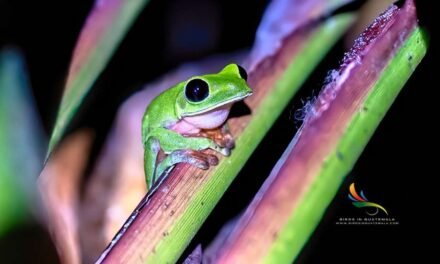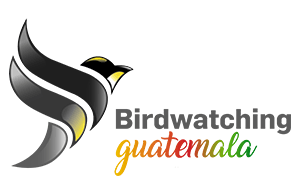The Enigmatic Hummingbird-Moth: Nature’s Marvelous Impersonator
The Hummingbird-Moth is a fascinating creature that both confuses and captivates with its bird-like appearance and moth mannerisms. Officially falling under the order of Lepidoptera, these winged wonders have intrigued biologists and nature lovers alike. But what exactly is a Hummingbird-Moth, and where does it fit in the grand scheme of insect taxonomy?
Family Ties: The Sphingidae Family
The Hummingbird-Moth belongs to the Sphingidae family, also known for other similarly awe-inspiring insects like the hawk-moth and sphinx moth. Members of this family are recognized for their rapid flight capability and unique hovering behavior, which they achieve through quick wing movements, much like a hummingbird.
Genera Diversity
Within the Sphingidae family, various genera house different species of hummingbird moths. The most notable genera include ‘Macroglossum,’ ‘Hemaris,’ and ‘Cephonodes.’ Each genus possesses unique characteristics that distinguish its species, but their commonality is the uncanny resemblance to hummingbirds.
Macroglossum
The ‘Macroglossum genus is perhaps the most iconic, featuring species like the Elephant Hawk-moth, which flaunts vibrant colors and an elongated snout to feed on nectar.
Hemaris
The ‘Hemaris’ genus is renowned for its transparent wings and bumblebee-like appearance. Species under this genus are often mistaken for bees or small birds due to their bulky bodies and rapid wing movement.
Cephonodes
Members of the ‘Cephonodes’ genus are also fascinating. Often known as “Coffee Clearwing” or “Pellucid Hawk-moth,” these insects exhibit an exotic aesthetic with transparent wings and eye-catching patterns.
Conclusion
The Hummingbird-Moth is truly a marvel of nature, seamlessly blending the characteristics of birds and insects into a singular, mesmerizing creature. Belonging to the diverse Sphingidae family and spread across multiple genera, each species offers a unique glimpse into the intricacies of evolution and adaptation. Whether flitting about flowers or hovering mid-air, this enigmatic insect never fails to enchant observers.










